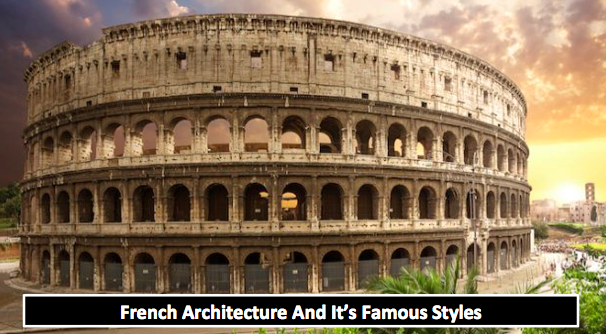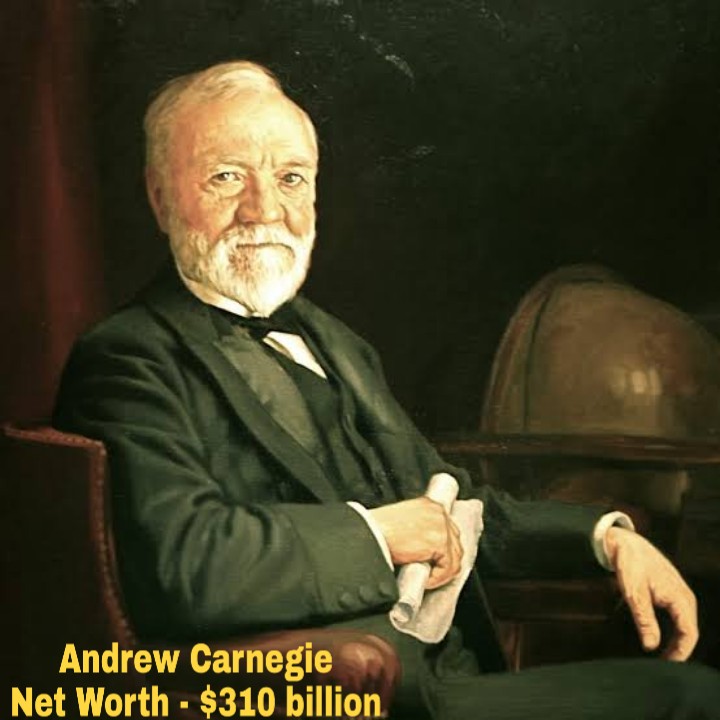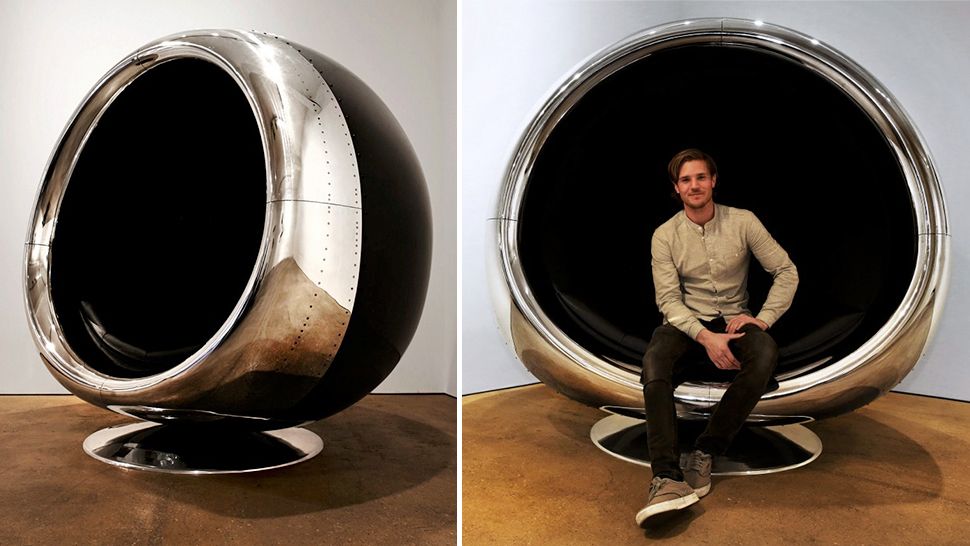French Architecture And It’s Famous Styles

The French architecture has a long and needless to say flamboyant history. As a consequence, wherever you travel in France there’s always a wealth of fascinating architecture to admire. Throughout history, French architecture played a few seminal roles, giving birth to some of the most famous architectural styles and presenting itself as a role model for the rest of the world.
.jpg)
Pantheon in Rome the Romans architecture
The Romans: The story of French architecture begins in the Roman period. Romans left a rich legacy of ingenious engineering, complex techniques and simple beauty that is unrivalled. Examples still exist for tourists to ogle over, including the Maison Carrée and amphitheatre in Nimes and the Alyscamps necropolis in Arles. The incredible feat of engineering that is the Pont du Gard, a vast multi-span three-tiered aqueduct near Nimes, is a perfect example of form meeting function.
.jpg)
Cathedral of Pisa, Italy a Romaesque architecture
Romanesque: After all the Frankish tribes were unified under the reign of a single ruler, Clovis I in the 5th century, a greater emphasis was placed on the building of churches and monasteries. In this period, the church building plans were extending upon the Roman basilica tradition, but they were also influenced by other types of architectural innovations. The first unified style to arise in Europe in the Middle Ages was Romanesque style. Incidentally, the name literally means, "descended from Roman", which comes as a paradox since it is the first big thing to emerge after the fall of the Romans. Even though we take the context of the 10th century as the precursor of Romanesque architecture, it is hard to discern the exact date and place of its origin. There are many examples of buildings in northern Italy and France dating from the period between the 8th and the 10th century that have some Romanesque features and this is called First Romanesque or Lombard Romanesque.
.jpg)
Cathedrale Notre-Dame de Paris has Gothic architecture
Gothic: From the mid-12th century until 1500, French Gothic architecture was a predominant one in Europe. Even to this day, it stays one of the most typical French architectural styles with a unique, distinct character. It brought heightened drama and technical innovation with high ceilings, galleried arcades, flying buttresses and rose windows which were often features of exquisite craftsmanship and beauty, as at Chartres cathedral, Reims, Bourges and Amiens.
Notre Dame in Paris is probably one of the most famous Gothic marvels in the world, despite the devastating fire of 2019, and other notable examples include the Palais des Papes in Avignon, the outer walls of Carcassonne and the Hotel de Ville in Compiègne.
.jpg)
Florence Cathedral the Renaissance architecture
Renaissance: Renaissance left a mark on almost every corner of Europe, or at least the Western part for sure. In France, it became the prevalent type of architecture used mostly for designing chateaux and typically affiliated with the royals. Quite soon after its initiation in the late 15th century, it transformed into French Mannerism. This style of French architecture was better known under the name of Henry II, who worked with Italian architects and artists to help him design the Palace of Fontainebleau. They also founded the First School of Fontainebleau, which is one of the two schools that marked the era of taught artistic production in France during the 16th and early 17th century.
French Baroque: Long associated with kings Louis XIII, XIV and XV, this architectural chapter was epitomised by the Palais de Luxembourg in Paris. The style created three wings with a central focus and used colonnades and cupolas to signify power and authority. The huge dome of Les Invalides in Paris is a wonderful example, along with the imposing proportions of the Place Vendome and Place de la Concorde.
Read More: The Twisted Carbon-Eating Skyscraper: A Star Of Sustainable Architecture
.jpg)
Queluz Palace facade the Rococo architecture
Rococo: With recurring motifs of stones and shells, the Rococo style brought a sense of fun and informality to grand designs. Its over the top ornamental approach, irreverent disregard for symmetry and love of colour was familiar to Louis XIV, the Sun King, whose reign and personal tastes were very much in the manner of the Rococo. To many it became an architectural byword for ‘poor taste’, with many linking its almost childish excesses to the failures and failings of the monarchy running up the French Revolution.
.jpg)
Neo-classical architecture: The U.S. Capitol, Washington, D.C.
Neo-classical: A return to a more sober design was in order, and as client and architect distanced themselves from the excesses of Rococo, they drifted to the safer more understated symbolisms of the neoclassical. Long, blank walls were the order of the day, clean lines and of course liberal use of friezes and the columns of antiquity. These were Roman or Greek columns that supported or added cosmetic detail, each with their own style: Doric, Tuscan, Ionic and Egyptian, according to taste and preference.
.jpg)
Haussman architecture: Corner site of Boulevard Haussmann
Haussman: For many, Parisian architecture is all about Haussmann. Between 1850-1870 he was responsible for one of the great projects of radical urban planning, sweeping aside swathes of medieval Paris and constructing new avenues in their place. The new look was the mellow coloured apartment blocks with their grey mansard roofs that became the hallmark of Paris, lining broad avenues and elegant squares.
Haussman took a holistic approach to his architecture, planning in a sewage system, underground gas supplies and street lighting - even down to details like lamp posts, bandstands, railings and newspaper kiosks. This was civic architecture on a grand scale whose repercussions are still admired today.
.jpg)
Modernist architecture the Grande Arche de la Defense
Modernist: The 20th century was the era of major changes, and so it happened in France and their architecture as well. In many ways, modern French architecture emanated from Paris. The Eiffel Tower, built in 1889 for an exhibition and never dismantled, ushered in the modernist age, a pre-cursor to art nouveau and the austere Bauhaus movement of the 1920s and 30s.
This totemic structure kicked off a modernist trend that ran through to the late 20th century and the construction of the ground breaking Pompidou Centre (with many of its functional elements like escalators, pipes and technical equipment housed on the exterior of the building), the Grande Arche de la Defense, anchoring the new financial district, and the Louvre pyramid (a challenging juxtaposition of the old and new).
In today's era of post-postmodernism, we have the privilege to enjoy the glamorous architecture of Jean Nouvel, built all over the world, and also to re-interpret the meaning of glamour through all of his peculiar designs. Moreover, the French have given us a few post-structuralists, namely Derrida and Deleuze, who have inspired world's most famous architects, such as Peter Eisenmann. That is to say that the French architecture still play a key role in the history of architecture, even in the most unexpected ways.










.jpg)




